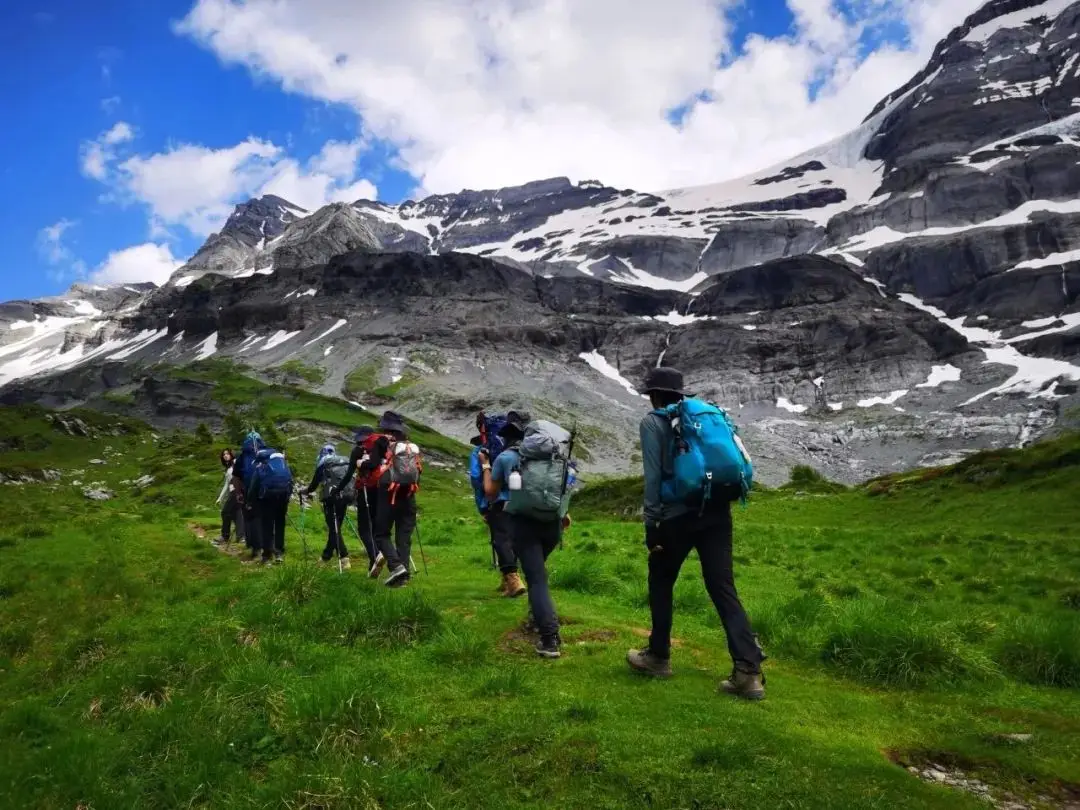Global Outdoor Gear Market Surges as Health and Nature Trends Reshape Consumer Demand
Global Outdoor Gear Market Surges as Health and Nature Trends Reshape Consumer Demand
The global outdoor products industry is experiencing unprecedented growth, driven by a powerful shift toward health lifestyles and nature-based recreation. According to industry reports, the market size reached 702billionin2023andisprojectedtoexpandata71.29 trillion by 2032. This boom reflects a broader societal transformation, where outdoor activities like hiking, camping, and skiing have evolved from niche hobbies to mainstream pursuits.

Regional Dynamics: Asia-Pacific Emerges as Key Growth Engine
While North America remains the largest market, accounting for 20.9% of global revenue in 2024, the Asia-Pacific region—led by China—has become the primary growth driver. China’s outdoor market surpassed $181 billion in 2024, overtaking the U.S. to become the world’s largest single market
. With participation rates in outdoor activities hovering around 30%, compared to over 50% in Europe and North America, China’s potential for further expansion remains significant. This growth is fueled by rising disposable incomes, government promotion of fitness initiatives, and the influence of social media platforms like Rednote, where outdoor-related content views surged 570% year-on-year in 2023.
Consumer Trends: Blending Functionality with Fashion
Today’s outdoor consumers prioritize products that balance performance with style. The rise of mountain-style fashion illustrates how technical gear—such as waterproof jackets and lightweight hiking shoes—is now worn in urban settings
. Demand is particularly strong among millennials and Gen Z, who value sustainability, versatility, and aesthetic appeal. For instance, sales of eco-friendly materials and smart wearables (e.g., solar-powered chargers and GPS-enabled gear) have grown by over 20% annually. Women’s participation has also skyrocketed, with female consumers driving trends in glamping and outdoor photography gear.
Innovation and Competition Reshape the Industry
Brands are racing to meet these demands through technological breakthroughs. Chinese companies like ANTA and KAILAS have invested heavily in R&D, launching proprietary materials such as a high-performance waterproof fabric) to rival international giants like Gore-Tex
. Meanwhile, acquisitions of overseas brands—such as ANTA’s purchase of Arc'teryx and Salomon—have accelerated globalization. The market’s "east-rising, west-steady" dynamic sees Chinese brands gaining ground in mid-to-high-end segments, while Western players focus on sustainability and experiential retail.
Challenges and Future Outlook
Despite bullish forecasts, the industry faces hurdles. Supply chain bottlenecks, overcrowded competition, and safety concerns in unregulated tour groups require urgent attention
. Experts urge standardized regulations, investment in infrastructure (e.g., trails and campsites), and consumer education to ensure sustainable growth.
As outdoor activities become embedded in global culture, the industry’s trajectory will hinge on innovation, inclusivity, and adaptability. With the Asia-Pacific region set to account for 30% of global market share by 2028, the future of outdoor gear lies in bridging adventure with everyday life.




